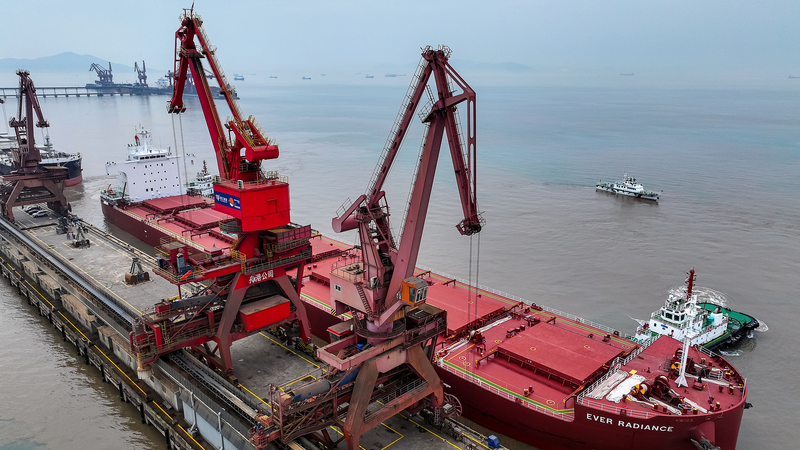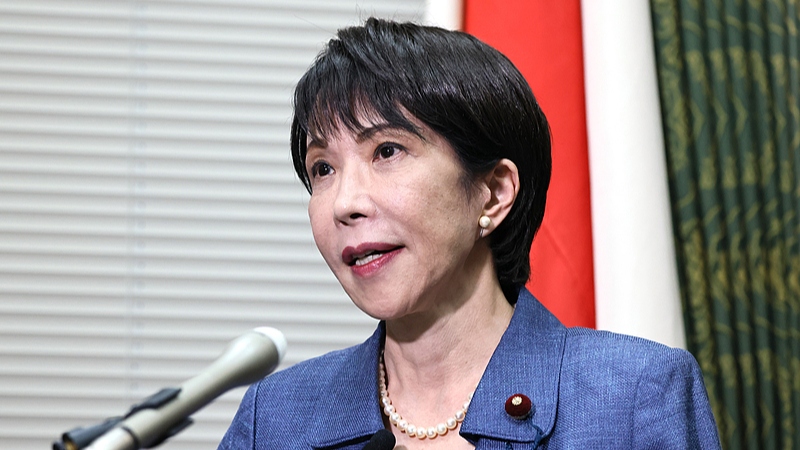April is on track to become a record month for Brazilian soy shipments at the Chinese mainland's Ningbo-Zhoushan Port, according to China Media Group. Up to 40 vessels are expected to unload Brazil-sourced soybeans, marking a 48% jump from the same period last year. This spike comes as the Chinese mainland diversifies away from U.S. suppliers amid a steep fall in purchases of American soy, data from the U.S. Department of Agriculture show.
Ningbo-Zhoushan, nestled in Zhejiang province, ranks among the world's busiest terminals, handling both container and bulk shipments on critical trade lanes. The port's surge in Brazilian loads reflects shifting economics: favourable pricing from Brazilian exporters and evolving trade policies that reward agility. For agribusiness entrepreneurs and commodity traders, such real-time cargo data underscores the need for flexible sourcing strategies.
Beyond numbers, this boom offers a snapshot of global markets in flux. As young global citizens track trade flows, the rise of Brazilian soy at one of Asia's key gateways illustrates how supply chains adapt to geopolitical and economic currents. These developments not only influence farmers in the Brazilian heartland but also ripple through markets, digital logistics platforms, and even the apps on your phone that connect ports, vessels, and buyers across continents.
Reference(s):
cgtn.com

